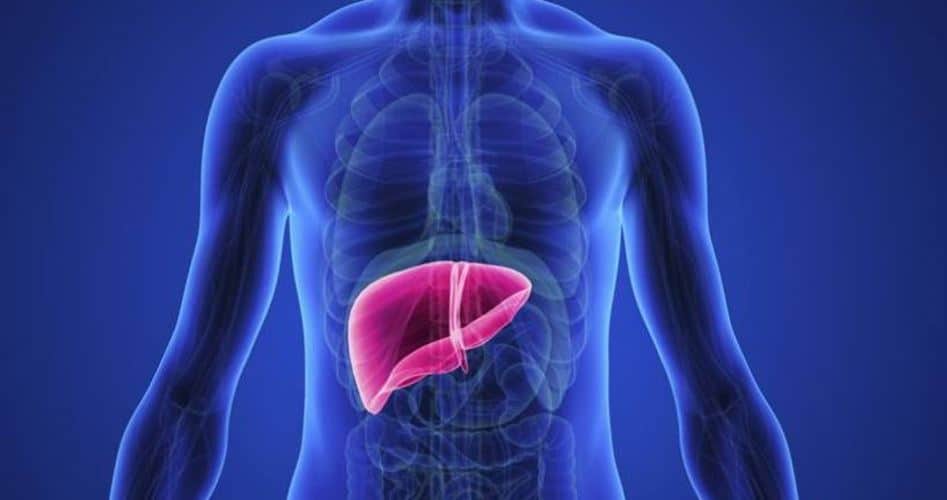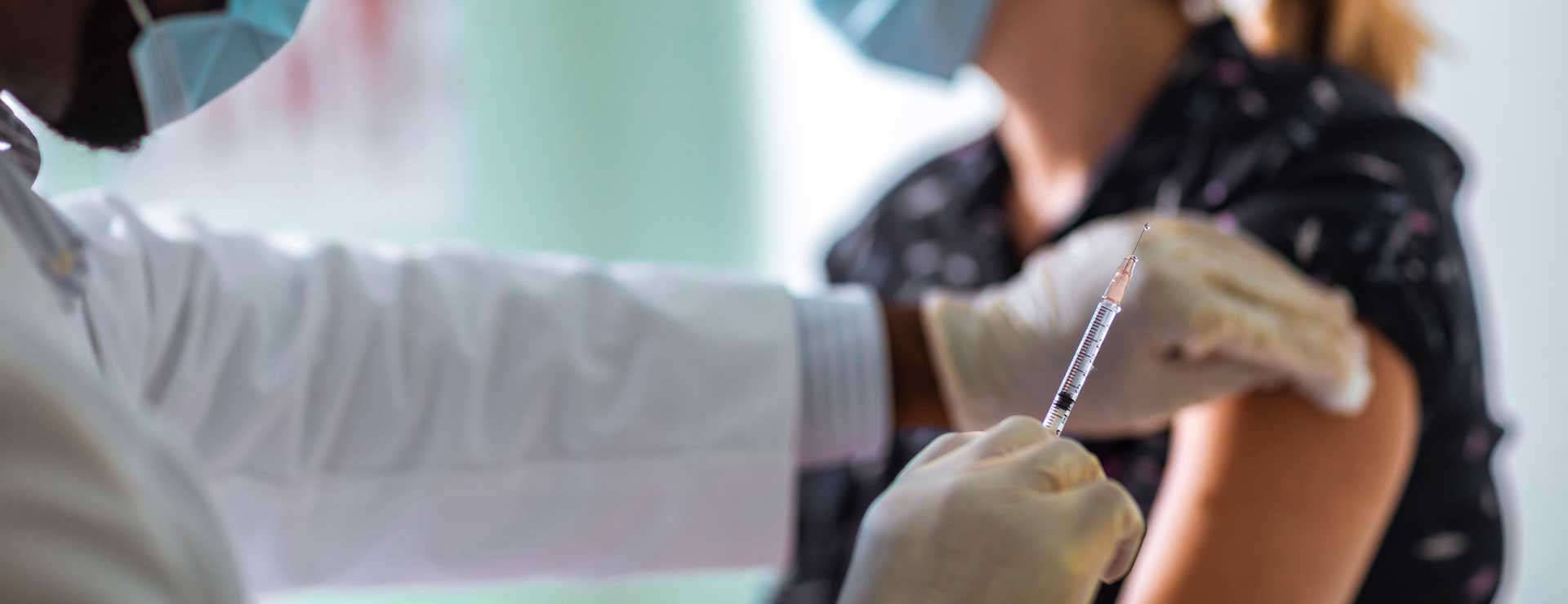Signs in the body indicate liver disease

Signs in the body indicate liver disease
Signs in the body indicate liver disease
The liver is a vital organ in the human body, just like the heart and brain. The main functions of the liver include the production of albumin, a protein that prevents fluids in the bloodstream from leaking into the surrounding tissues. It also produces bile, which is an important juice for the digestion and absorption of fats in the small intestine, in addition to purifying the blood, activating enzymes, and storing glycogen, vitamins and minerals.
Being the largest internal organ in the body, the liver plays many roles, and it is also vulnerable to several infections and complications. One of the biggest health problems associated with the liver is fatty liver disease, according to the Times of India.
Etiology of fatty liver disease
A person develops non-alcoholic fatty liver disease when there is a build-up of excess fat in the liver, as a result of several causes, primarily obesity, type 2 diabetes, insulin resistance, high levels of fats (triglycerides) in the blood, and metabolic syndrome.
Age, genetics, certain medications, and pregnancy are other risk factors for fatty liver disease.
early diagnosis
Fatty liver disease can affect the legs and abdomen. The key to preventing fatty liver disease is early diagnosis. If the disease is not detected in time or left untreated, NASH can progress to an advanced, “irreversible” stage. If the condition worsens, the patient may suffer from additional problems such as swelling of the legs and accumulation of fluid in the abdomen. Chronic inflammation is also said to cause progressive liver damage or cirrhosis.
Complications occur because of increased pressure in the vein that carries blood through the liver, known as the portal vein. The increased pressure in the vein causes fluid to build up in the body, including the legs, ankles, and abdomen.
Annoying risks
When the pressure in the portal vein increases, it can rupture, leading to internal bleeding, so if signs of blood are observed in the stool or vomit, you must quickly go to the hospital to obtain the necessary medical care.
And experts warn against any yellowing of the eyes and skin, which is another common symptom of liver damage, as a Mayo Clinic report states that “jaundice occurs when the affected liver does not get rid of enough bilirubin, [a blood waste].” Jaundice causes yellowing of the skin and the whites of the eyes, as well as dark urine.
The patient may also experience itchy skin, rapid weight loss, spider veins on the skin, nausea, loss of appetite, and a feeling of fatigue.
Ways to prevent fatty liver
Non-alcoholic fatty liver disease can be prevented by eating a proper diet, consisting of healthy fats, and getting regular exercise.
One must maintain a healthy weight and avoid foods high in saturated fat, sugar, oil and processed foods.





